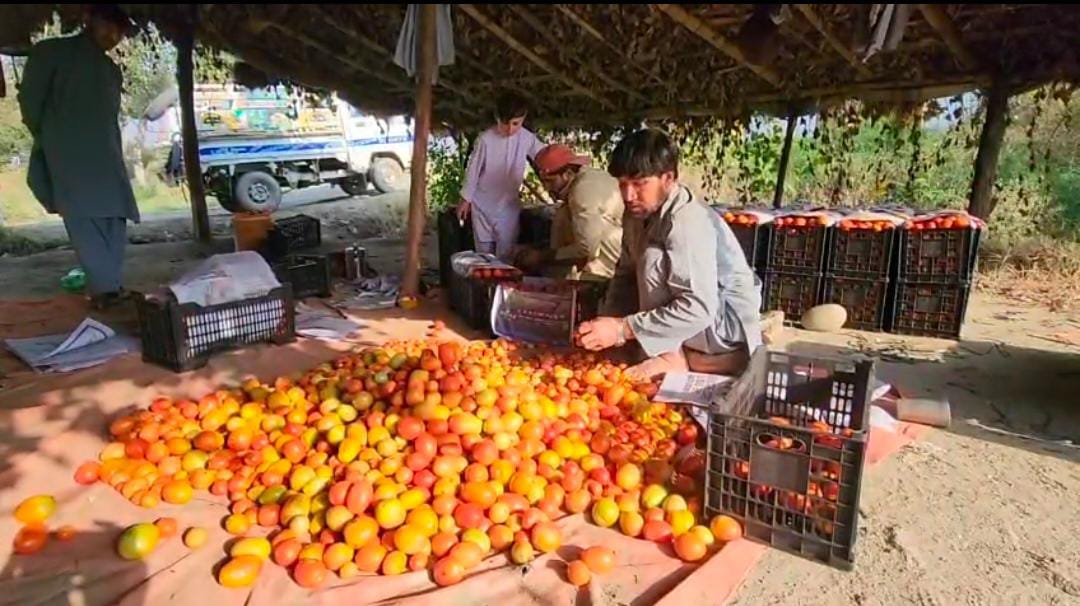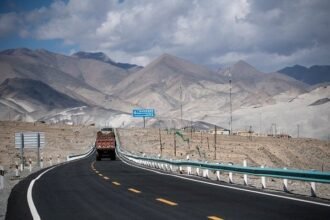Swat produces 52% of KP’s tomatoes, but this year’s rains and viruses have left fields barren
SWAT (SYED SHAHABUDDIN): Every October to November, when tomato fields in most parts of Pakistan begin to wither, the valleys of Swat, Malakand, and parts of Hazara burst into red.
Swat valley alone accounts for 52 percent of Khyber Pakhtunkhwa’s tomato production. Each year, farmers here cultivate over 5,000 acres of land, yielding nearly 51,000 metric tons of tomatoes. But this year, the picture is starkly different. Unseasonal rains, unpredictable weather, and crop diseases have devastated the fields, leaving farmers in despair.
Ataullah and Gul Rahman, tomato growers from Tehsil Barikot, explained that despite heavy investment in fertilizers, pesticides, and months of hard work, their crop was wiped out by relentless rains and viruses.
“We barely managed to harvest ten percent of what we planted,” they said, adding that mounting loans have pushed them into a financial crisis.
In Shamozai, farmer Bakht Jameel issued a warning: “If the government does not declare Swat a disaster-hit area and compensate farmers, no one will dare plant tomatoes again.”
He stated that the outbreak of plant diseases has completely destroyed their fields and orchards, leaving little to no produce.
Dr. Iftikhar Ahmad, Director of Agriculture Extension of Swat district, acknowledged the damage. “The crop has been badly affected by unseasonal rains and viruses. Research is underway to identify causes and develop strategies for the next season,” he said.
Traditionally, Swat and other cool regions have supplied tomatoes to markets across Pakistan during this season. But with fields lying barren and imports from Afghanistan halted, the crisis has deepened. The vegetable, once an everyday staple, have now become a luxury.
Read more news on economy here: https://thepublicpurview.com/category/business-news/
Stay updated with verified reports, impactful headlines, and real-time coverage. We bring you trusted news from across Pakistan and beyond. For full stories, in-depth analysis, and exclusive updates, follow or visit our website. Your source for credible journalism, national resilience, and the voices that matter most—delivered with clarity, urgency, and integrity.
For climate-related stories, visit: The Green Post






